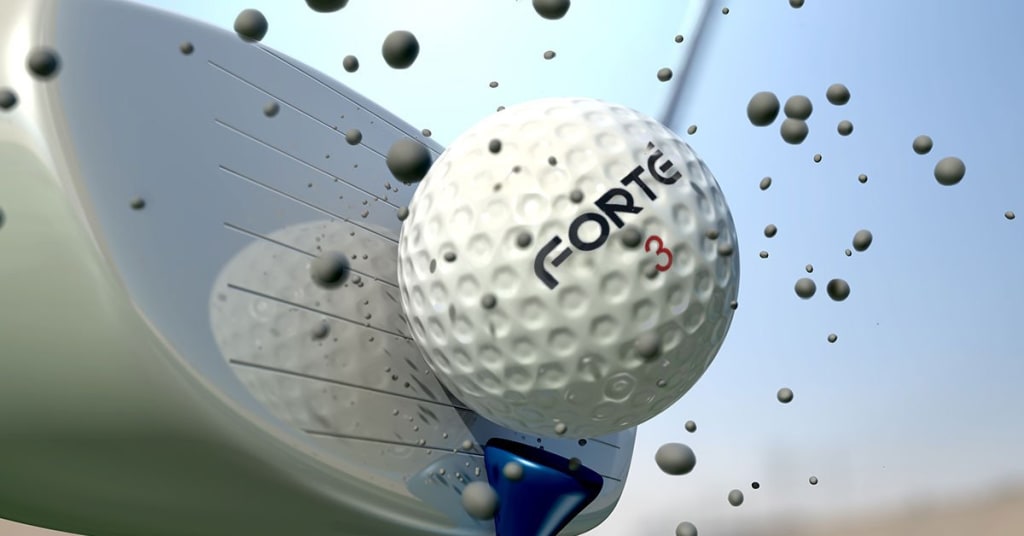SMASH FACTOR DRIVES YOUR GOLF BALL
How the Smash Factor Works for You!

The energy that goes into a golf ball is what drives the ball to travel those long distances, and the speed of the golf club creates that energy. The process to measure the transfer of energy from the club to the ball is known as the smash factor or with SkyTrack, its the power transfer index or PTI for short. I prefer PTI because it's self-explanatory, and it accurately shows how efficiently you hit the golf ball.
Each and every player wants to know the best way to hit a golf ball to ensure it goes farther than normal. It is the only thing that people want to hear or read about from the mainstream golf media. Ultimately, you have two options. You can either swing faster or increase your strike efficiency.
From my experience, I’ve gathered that for the majority of golfers, the first option is more difficult, while the second option is more likely within your reach. The higher the smash factor is, the better the energy transfer to the ball. Your typical golfer would hope to achieve a smash factor of around 1.50 on driver shots, which means for a 100 mph club speed, the ball speed would travel at around 150 mph. Alternatively, the higher the loft of the club, the lower the smash factor is expected to be. Experts say a PW should have a smash factor near 1.25.
One critical piece of information about the smash factor or Power Transfer Index is that the energy created by the swing speed might not transfer into the ball. It's the mechanics of how you make contact with the ball that determines the smash factor/PTI.
The Power Transfer Index scale ranges from 0 to 1.5. The latter represents the highest amount of energy transfer that's allowed by the PGA.
To calculate the PTI, you can use a formula by taking the ball speed and dividing it by the swing speed. A common example, as used earlier, is using the 100 mph swing speed, which will generate a ball speed of 150 mph if hit correctly. When you take 150 and divide it by 100, it gives you a smash factor/PTI of 1.5.
The Smash factor is a crucial data point to look at when checking reviews on how a golf club or ball performs with regards to distance.
The distance of the ball can greatly change with a simple .02 change in smash factor/PTI. Look at the raw data provided on this site under labs. With a three wood, for example, there are several times I had a swing speed of around 90 mph with different PTI of 1.47/1.49/ and 1.46 with total distances of 221 yards/232 yards and 214 yards respectively. With these examples, launch angles were 13.7/13.9 and 14.4.
When you look at a golf product's performance, its launch angles open up a whole new can of worms and we are just at the tip of the iceberg. I guess you are starting to see how easy it is for reviewers to tilt testing results to endorse one product over another on purpose.
So what do I consider a “good” smash factor? Well, that depends on which club you’re using to measure the power transfer index. The smash factor that you’re able to achieve with a long club, like the driver, is almost always going to be higher than with a lofted club like a pitching wedge.
With your driver, maintaining a smash factor around 1.50 is a great and achievable goal. If you can hit this mark, or even get close to it, you would adequately transfer your swing speed into ball speed. When it comes to a pitching wedge, something between 1.20 and 1.30 should be good enough.
About the Creator
Danian Lee
Danian is a content enthusiast who keeps track of all the latest updates in Tech, Travel, Life Style and other niches. I am a content writer who love to contribute articles to blogs. You can get in touch with me on Twitter.






Comments
There are no comments for this story
Be the first to respond and start the conversation.